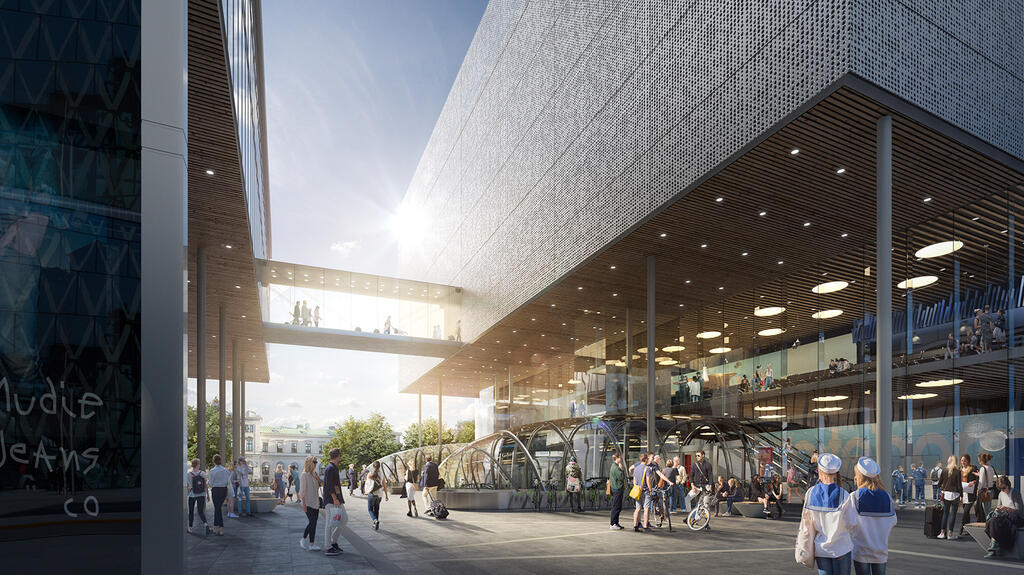Fewer stereotypes when the cities of the future are visualised
Research shows that stereotypical images of people are often used in visualisations of future urban environments. A new collaborative project is planned in an effort to study and change that. With use of norm-critical methods, the aim is to contribute to creating an environment in which more people feel included in the development of the city. In time, the hope is to create cities where more people can feel at home.

- Visualisations are important tools in the overall urban development process. From the early idea phases to communication with the residents about the city's future. Norm-critical research has shown that visualisations of urban and residential environments often reproduce stereotypes and limitations on ideas about age, gender, class, ethnicity and functional variation, explains Mia Leterius, program leader at Visual Arena and project coordinator for the preliminary study.
Some ten-odd organisations from the entire urban development process are behind the project, which is run by the innovation platform Visual Arena at Lindholmen Science Park in collaboration with researchers in urban development and norm-critical innovation at SP Sveriges Tekniska Forskningsinstitut. The goal is to identify where and how norms have an influence in the visualisation work in urban development processes and to identify the need for norm-critical methods.
- How you work in the urban development process also has an influence on the final result. If we can contribute to inclusion at an early stage, we hope that we will help to create cities that are more inclusive, says Mia Leterius.
The project has been granted financing with SEK 300,000 by Sweden's innovation authority VINNOVA within the initiative Diversity Lab - Norm-Critical Innovation 2015.
The preliminary study was possible thanks to the participation of the City of Gothenburg's Urban Planning Office, Älvstranden Utveckling, Skanska, visualisation companies Tomorrow and Industriromantik, White architectural agency and Monica Billger, Professor of Visualisation at Chalmers and Beata Stahre Wästberg, post-doctoral scholar of visualisation at the University of Gothenburg.

